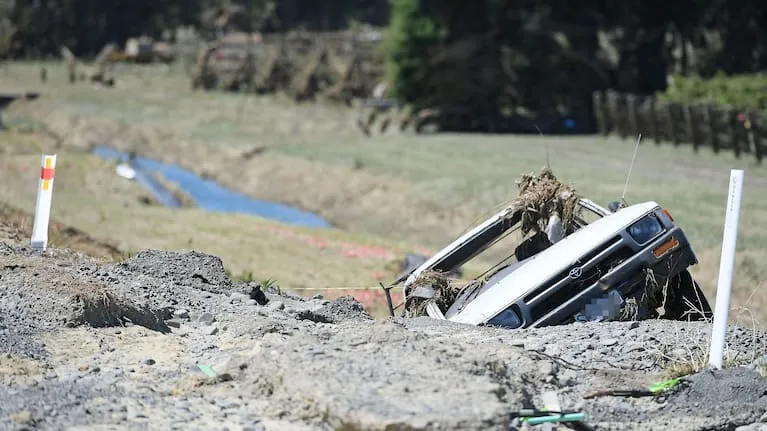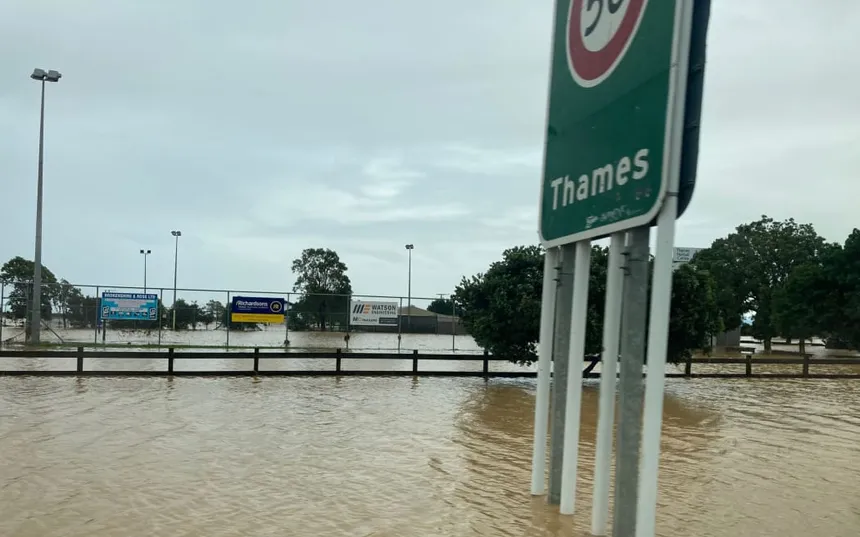As Cyclone Gabrielle continues to wreak havoc across the North Island, New Zealand’s prime minister, Chris Hipkins, has warned that the worst is yet to come. The storm has brought evacuations, rising floodwaters, and power outages to the region, which is still reeling from devastating flooding just two weeks ago. Communities in coastal areas are scrambling to prepare for the worst as the cyclone’s powerful winds and storm surges threaten to inundate homes and businesses.
The cyclone’s impact has been exacerbated by the fact that it has hit an already waterlogged region. Niwa, New Zealand’s National Institute of Water and Atmospheric Research, reported a record storm surge of 0.7m, in addition to waves of up to 12m off the northern coast. Mandatory evacuations have been ordered for hundreds of homes in the Bay of Plenty region, and residents are being urged to stay indoors and have a plan in place in case they need to evacuate.
Gerard McCormack, the Ōpōtiki district council incident controller, told Radio New Zealand that the worst of the cyclone is expected to hit around the same time as high tide in the middle of the night. “We’re expecting large sea swells, inundation. The rain is coming now,” he said.
As the storm continues to batter the North Island, councils have asked residents in vulnerable areas to evacuate themselves. In the coastal city of Whangārei, the council has urged residents to self-evacuate, saying the entire central business district is vulnerable to flooding. By Monday afternoon, almost all of the top half of the North Island was covered by localised states of emergency, including Auckland, the country’s largest city, and several surrounding regions.
Power outages are widespread, with around 46,000 homes without electricity. Power companies say the conditions are highly challenging as the storm continues, with trees falling through lines and blocking roads. The National Forecaster, MetService, has reported breaking its record for “red” weather warnings issued around the country, and wind gusts of 150-160km/h were recorded.

As evacuation centers prepare food and clothing packages, the government has announced an extra $11.5m in funding for cyclone relief, much of which will be distributed to community groups and providers, as well as food banks and disability services. Announcing the funds, Hipkins said 25,000 people already need assistance with food, clothing, shelter, bedding, and accommodation.
Hipkins warned that communities not covered by evacuation orders should prepare for the worst, stay indoors if possible, and have a plan in place in case they need to evacuate. “Our social service agencies are stretched to capacity,” he said. “Many people just haven’t been able to catch a break … People have lost their homes and their vehicles, families are facing additional challenges getting children back to school. And many families will be facing anxiety and distress.”
The need in the community is significant, and the effect of the repeated weather events has compounded that.

